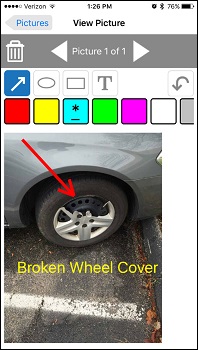There is no exact definition for a classic car. People, organizations, states, etc all define classic cars differently. How it is defined may not seem like a big deal to some, but it does play a role for purposes such as antique vehicle registration and insurance. Let’s look at a few examples of how it is defined:
- Classic Car Club of America (www.classiccarclub.org) – “fine or unusual motor cars which were built between and including the years 1915 to 1948. All of these are very special cars that are distinguished by their respective fine design, high engineering standards, and superior workmanship.” They were usually quite expensive when new with relatively low production figures.
- Antique Automobile Club of America (www.aaca.org) – A vehicle that is 25 years old or older is a classic car.
- State Farm Insurance (www.statefarm.com) – A motor vehicle ten or more years old, which is rare or of special historical interest because of exceptionally fine workmanship or limited production. A classic motor vehicle 25 years old or older is covered as an antique.
- The state of Ohio – an antique or historical vehicle is defined as any motor vehicle that is at least twenty-five years old.
While the exact definition varies, the common theme is that a classic car is an older car that has qualities that make it worth preserving or restoring instead of junking.
What Really Makes a Car a Classic?
The one theme that runs consistently through every definition of what makes a car a classic is an age. This makes sense in that for something to be considered classic it needs to be older. You don’t see something made yesterday and called a classic. Time needs to pass by and change needs to happen. Of course, how much time varies but there does seem to be some consensus that the vehicle needs to be at least 25 years old to be considered classic.
Age by itself, though, is not enough. For example, a 1991 Honda Civic is 25 years old, but would anyone seriously consider it a classic? Probably not. What else then is a factor? Words like fine, unique, unusual, and rare typically are used to describe a classic car. The cost of the vehicle when new and how many of the vehicles were produced are contributing factors as well. The car needs to be desirable and have an appeal that goes beyond that of a normal functioning car.
One point that some people make when defining a classic car is that there is a difference between a classic car and a collectible car. There are examples of vehicles that were built within the last 10 years that meet some of the requirements of being a classic in that they are rare, expensive, unusual, and/or desirable but that doesn’t make them a classic.

